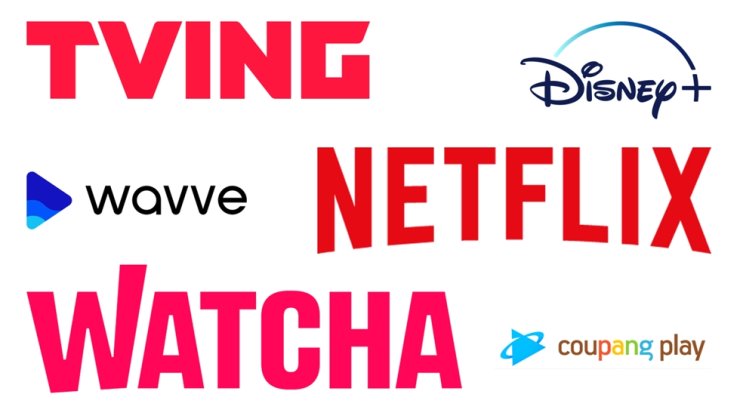Since its introduction to South Korea in 2016, Netflix has maintained its supremacy in the country’s streaming market. This dominance has been fueled by a series of globally acclaimed titles, such as “Kingdom” (2019), “Squid Game” (2021), and “The Glory” (2022).
The most recent data from Mobile Index reveals that in August, Netflix had an average of 2.91 million daily active users, making it the leader in the market. Following Netflix is Tving, operated by the Korean media and entertainment conglomerate CJ ENM, with 1.26 million users. Wavve comes next with 1.11 million users, and Coupang Play follows with 710,000 users.
According to Jessica Fuk ,a researcher at S&P Global Market Intelligence, South Korea’s domestic streaming service providers, such as Tving and Wavve, have the potential to compete effectively with the global media giant Netflix in the local market. The key lies in their ability to formulate effective strategies to address the challenges posed by rising production costs and evolving viewer preferences.
She noted in an interview with Yonhap News Agency, on Tuesday, that South Korean companies have demonstrated strength in producing local content, with CJ ENM and Studio Dragon leading the way. She expressed optimism about the possibility of closing the gap with Netflix, suggesting that with the right strategy, this goal may be achievable in the near future.
The S&P researcher also noted that Netflix played a pivotal role in shaping the over-the-top (OTT) market in South Korea. Prior to 2019, local broadcasters and content providers in the country offered video-on-demand services alongside their traditional TV content. However, Netflix, with its substantial financial resources, not only entered but also solidified its dominant position in the market. In addition, the COVID-19 pandemic has also brought about some alterations to the industry’s landscape, notably resulting in a significant surge in production costs, as she pointed out.
“It would be hard for local players to survive because of the heavy content cost. No one would have that much money as Netflix,” Fuk noted. “Instead of cutting costs on very expensive titles or premium titles, they are cutting on the expenses for not so popular titles.”
In recent times, South Korean streaming enterprises, spearheaded by CJ ENM, have undertaken substantial initiatives to challenge Netflix’s longstanding supremacy by forging strategic alliances and pursuing mergers. As an example, Tving, a major player in the market, expanded its influence by incorporating Seezn, which is under the stewardship of KT Studio Genie, the media production arm of telecommunications giant KT Corp.
The move elevated Tving to the position of the second-largest player in terms of both subscribers and revenue share within the industry. Additionally, it entered into a partnership with Paramount+, another U.S. streaming service competitor to NetFlix, which is operated by Paramount Global, providing Tving users access to the Hollywood studio’s franchise content at no additional cost.
By the conclusion of 2022, Tving was estimated to possess approximately 4.3 million paid subscriptions, constituting 21.2 percent of the nation’s total, as indicated in a report furnished by S&P Global Market Intelligence. This stands in contrast to Netflix, which held a share of 33.9 percent during the same period.
Rumors have been circulating about potential discussions between Tving and Wavve, South Korea’s domestic streaming platforms operated by prominent TV broadcasters KBS, MBC, and SBS. These talks are reportedly aimed at exploring a merger as a strategic move to navigate the challenging terrain of the South Korean streaming market.
At this juncture, Fuk emphasized that South Korean contenders have the ability and potential to compete effectively with Netflix.
Netflix is undoubtedly a formidable player, yet local providers can leverage other advantages, such as superior access to domestic production resources, she noted, citing examples like the Australian operator’s endeavors to live-stream sports games and Japan’s emphasis on animated films.
In the grand scheme of things, if local entities can identify niche content categories or genres they wish to specialize in, I believe they still have a legitimate opportunity for success, even if their subscriber base may not match Netflix’s colossal reach.
(Source: Kim Boram | Yonhap News Agency)









